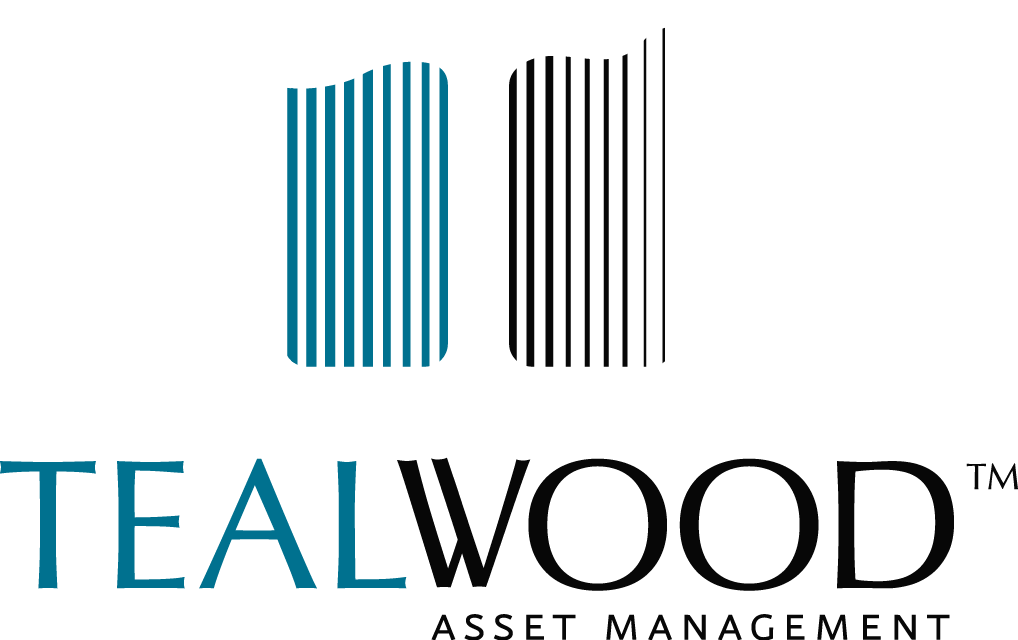The third quarter saw this market become the longest “Bull Market” in history. U.S. equity indices are at record highs and this economic expansion is preparing to extend into becoming the longest expansion in the history of the U.S. economy. Question: Do these points make you feel euphoric or anxious? Answer: Both.
For many, euphoria is the byproduct of 10 years of compounding earnings growth and even better valuation expansion. Anxiety, for the most part, stems from a sense that this expansion can’t go on forever, and regressing to market averages could impose investment pain and suffering. Additionally, there is a bubble under construction within the market that deserves its own scrutiny and concern. So how are these waters best navigated? How do you maintain your balance when the marketplace is out of balance? The most important resources in the rarified air of a record market are:
- drawing upon experience gained from past episodes that have been characterized as being late-cycle and
expensive, and - a strategy to manage for both the risks of this late-cycle episode and being poised to take advantage of the opportunities of the next, early-cycle episode.
Lessons of History
Our Tealwood Strategy Group recently finished Will and Ariel Durant’s book, The Lessons of History. This title made our reading list because a very notable investor, Ray Dalio, stated in an interview that this book had a great impact
upon him as an investor. Interestingly, it is not an “investment” book. The Durants’ thesis is that there are recurring themes in history and understanding these can equip you to manage for recurring issues. Even though the news cycle insists we have never seen anything like the current late-cycle behavior, we agree with the Durants that understanding historical commonalities is much more important than defining contemporary differences.
We look to provide context around two of the most prominent current market characteristics: the long duration of economic expansion and the distortions created by a market in which performance has been dominated by a small, narrow cohort of companies which are also very expensive.
Strategy for the Cycle
While we celebrate the long economic expansion and do not foresee an imminent recession, neither do we imagine that the economy will expand in perpetuity. Economic forecasting is imperfect and imprecise, and trying to predict when this cycle will end is counterproductive. Instead, we analyze and remain alert to a variety of data points, and when the data shifts to indicate a high probability of contraction, we will take a more defensive posture.
Since 1960 (the post-industrial economy), expansions have averaged approximately seven years, with the longest cycle in U.S. history being 10 years—1991 to 2001. Prior to that decade, the longest expansion was eight years—1961 to 1969. The current expansion is in its 10th year and we believe it will continue and become the longest in our history. In this 58-year period there have been six times when the S&P 500 Index declined by 25% or more, with five of those declines occurring during recessions. On Wall Street that is a coincidence. For us at Tealwood it is a significant correlation. For the same 58-year period, the average market decline in a recession is in excess of 30%.
While we are critical of what we see as tactical market timing during expansions (jumping in and out of the market in reaction to short-term events or mood swings), we are advocates of strategic risk management correlated to the economic cycle. Set your asset allocations based upon your objectives, stay fully invested to your equity allocation during the expansion, and, without any pretense regarding precision around timing, be willing to adjust into a more defensive posture when the cyclical risk is pronounced. Then, at later point in the contraction, again without making any promises about precision, when the whole market seems to be on sale and the best companies have been thrown out with the bear market bathwater, be willing to return to your equity allocations. For us, this is a lesson of history.
Narrow and Expensive
In the investment research business, it has become something of a competitive sport to see who can offer up the better version of demonstrating how the market has become narrow and expensive. Data points citing:
- Of the 500 stocks that make up the S&P 500 index, the 50 largest companies account for half of its market capitalization (S&P Capital IQ, 9/27/18),
- Facebook, Amazon, Apple, Microsoft and Alphabet represent an S&P 500 market weighting (15.6%) that is greater than either the healthcare or financials sector (www.cnbc.com, 9/21/18);
- Ten stocks have contributed more than 100% of S&P 500’s year-to-date return. (Goldman Sachs, 6/28/18)
We could go on (and into other asset classes where the same valuation phenomena are replicated), but the point is the same: narrow and expensive. Have we seen this before? Yes. Most memorably in the Tech crash which started its tumble in 2000 and resulted in the NASDAQ falling 80% over three years, but also in 2008, and 1973. Periods of momentum valuations in glamour stocks have turned into predictably harsh valuation corrections. In our current period of momentum valuations, we see three types of investors:
- Those who do not see the bubble under construction and are mostly blissful in their ignorance,
- Those who see it and believe they are so agile they can tactically trade out of it, and
- Those that see it and choose to not allocate to the bubble stocks.
We are in the third group. We see a bubble under construction in a narrow part of the market and for reasons
pertaining to risk management, we choose to emphasize rational business valuations over chasing expensive stock prices. This has deprived us of some bubble glamour in this inning, but our lesson of history is that is more important to win the entire game than the glamour inning. We are very determined to win the game.


